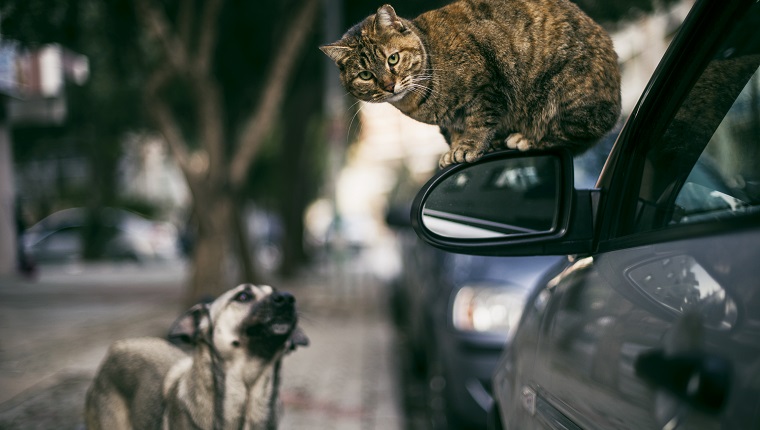Dogs and cats in the car can be a recipe for disaster, since dogs seem driven by instinct to stick their heads out open windows, and cats seem hardwired to pee all over the leather seats…

Choosing a cat name is an arduous task. Whether you’re naming a new kitten or renaming an adopted adult cat,…



